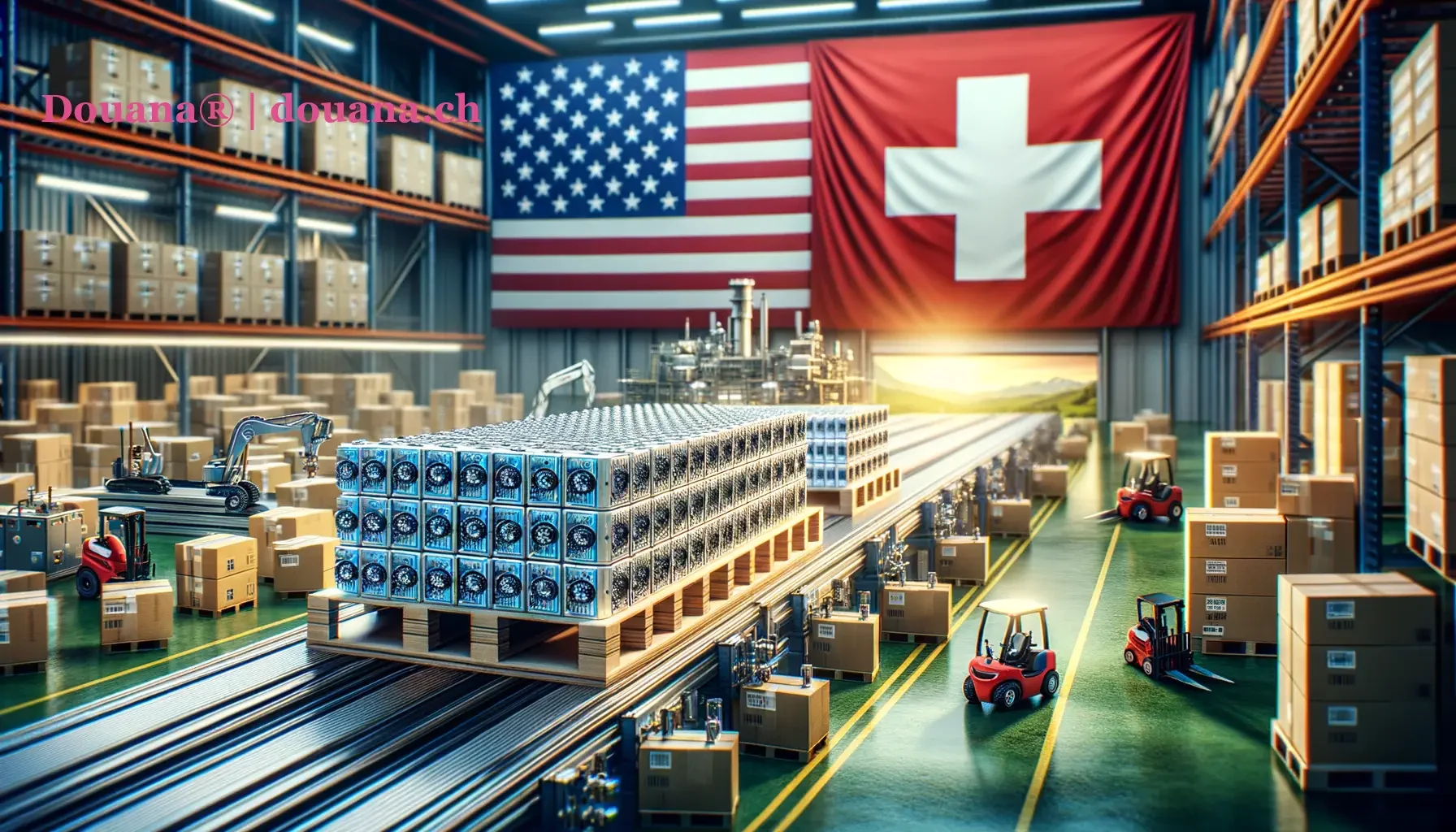The announcement of a 39-percent US tariff on Swiss exports starting August 7, 2025 marks a dramatic turning point in transatlantic trade relations. This move hits Switzerland’s export-oriented economy hard and poses significant challenges for businesses and policymakers alike. The following article explores the background, specific consequences, and necessary responses in light of tightened US trade policy.
How new US tariffs challenge the Swiss economy – facts, analysis, perspectives
Massive US Tariffs Against Switzerland: Impacts, Background and Strategic Options
US Tariffs on Swiss Exports 2025: Overview and Impacts
The Decision at a Glance
Historical Development of US Tariffs
Since early April 2025, the US has levied base tariffs of 10 percent on all imports, but temporarily increased these with country-specific surcharges up to 49 percent. For Switzerland, a temporary tariff of 31 percent was introduced in April. For steel, aluminum, copper, vehicles and auto parts, sector-specific tariffs of up to 50 percent also apply. The current maximum rate of 39 percent follows a lengthy negotiation phase in which Switzerland unsuccessfully sought a special arrangement. As a result, the Swiss export sector is entering a new phase of trade barrier escalation—with an uncertain duration.
Affected Sectors and Exemptions
The 39-percent base tariff affects the vast majority of exporters. Currently, exemptions exist only temporarily for the pharmaceutical sector, where the US is conducting its own investigations under Section 232. Core industrial markets such as mechanical engineering, precision technology, watches and high-value consumer goods face immediate massive price increases—a clear disadvantage compared to European competitors. The exemption for pharma is fragile: its lifting could occur at short notice depending on US investigations. In practice, there are hardly any direct ways to facilitate market access.
Economic Impacts on Swiss Exporters
Market Pressure & Consequences
The new tariffs massively increase the costs of accessing the US market for many Swiss companies, significantly limiting their global growth prospects. With the US as the most important national sales market—about 18 percent of total exports (as of 2024, excluding gold)—major export streams are under pressure. Many companies are being forced to reassess production locations, adjust prices, or even consider withdrawing from the US market. Competitive disadvantages are particularly pronounced compared to countries with lower tariffs, while the domestic Swiss economy suffers from lower export revenues and knock-on effects like reduced investment and employment.
The Role of Swiss Trade Policy
The Federal Council is pursuing a pragmatic and de-escalating approach. Given the small size of Switzerland’s domestic market and its reliance on exports, the government is refraining from countermeasures. Instead, it is focusing on negotiated solutions and expanding economic-diplomatic relations. The objective is a swift reduction of tariffs through constructive talks with the US administration. In parallel, strategies are being implemented to safeguard Switzerland’s attractiveness as a business location, such as reducing bureaucracy and providing targeted support to affected companies. A unified effort from business, federal government, and associations is essential.
Customs Processing in Practice
Customs Process
The collection of the new US tariffs follows a multi-step process: before the goods arrive, detailed electronic documents on the product and its origin must be transmitted to US Customs. Upon arrival, customs officials review documents and conduct spot checks. Once cleared, the goods are typically released to warehouse or final recipient; costs, risks and responsibilities vary depending on Incoterms. Calculation and payment are the responsibility of the US importer, who has 10 to 30 days to pay the tariff rate.Cost Distribution and Impacts on US Consumers
Price Increases
The immediate tariff burden primarily hits US importers, who often attempt to pass the costs on to suppliers or end customers. As a result, Swiss products become significantly more expensive for US consumers. Depending on market structure, consumers may turn to alternatives from other countries, while importers might shift to suppliers from third countries. In the medium to long term, this threatens Swiss exporters with the loss of significant market share in the US.
Scope for Action and Strategic Outlook
To cushion the impact of US tariffs, Switzerland will need to diversify its trade relations. The focus is on the rapid implementation of new free trade agreements, for example with Mercosur or China. Reliable relations with the European Union also remain indispensable, making the ratification of Bilaterals III a top priority. In addition, Switzerland is working to reduce regulatory burdens for companies and actively promote change toward innovation and digitalization in the economy. These measures constitute the foundation for future resilience in an increasingly fragile global environment.
Information and Advisory Services for Companies
Future of the Swiss Export Economy Under Pressure
The massive US tariffs on Swiss exports demonstrate the new realities of an increasingly conflict-laden trade policy. The economic damage is considerable, and the risk of structural change is high. Switzerland faces the task of curbing the impact and maintaining competitiveness through determined negotiations, innovation, and diversification of markets.
